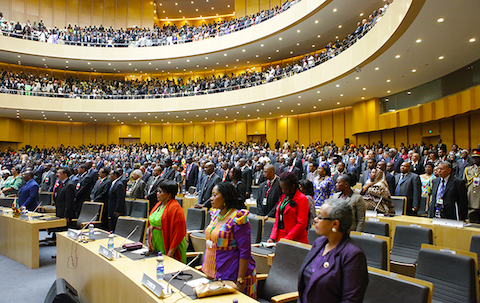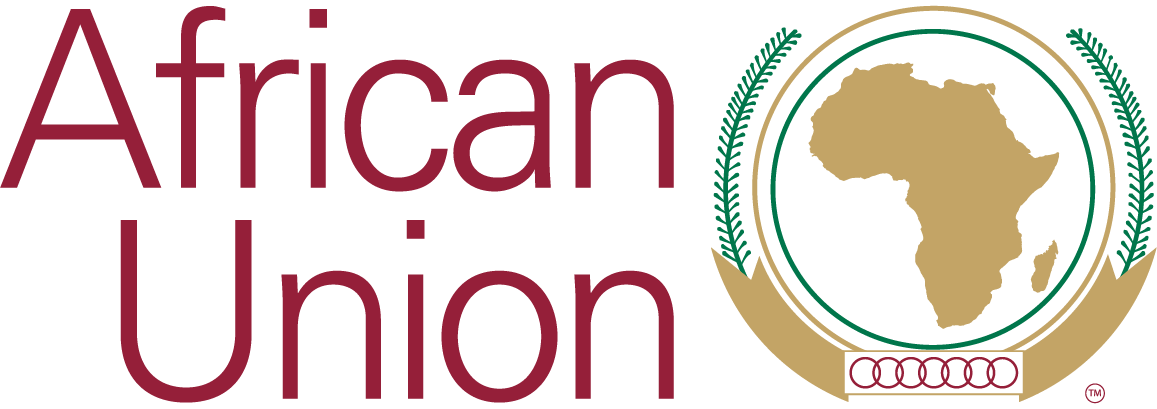Congress of African Economists Aide Memoire
Congress of African Economists Aide Memoire

Promoting Africa’s growth and economic development by championing citizen inclusion and increased cooperation and integration of African states.

Promoting Africa’s growth and economic development by championing citizen inclusion and increased cooperation and integration of African states.

Agenda 2063 is the blueprint and master plan for transforming Africa into the global powerhouse of the future. It is the strategic framework for delivering on Africa’s goal for inclusive and sustainable development and is a concrete manifestation of the pan-African drive for unity, self-determination, freedom, progress and collective prosperity pursued under Pan-Africanism and African Renaissance.

H.E President William Samoei Ruto (PhD), President of the Republic of Kenya and the African Union Champion on Institutional Reform. H.E. Ruto was appointed during the 37th Assembly of Heads of State and Government in February 2024 to champion the AU Institutional Reform process taking over from the H.E Paul Kagame, President of the Republic of Rwanda who led the implementation of the reform process since 2016.


The AU offers exciting opportunities to get involved in determining continental policies and implementing development programmes that impact the lives of African citizens everywhere. Find out more by visiting the links on right.
Element visible on Department Page
Congress of African Economists Aide Memoire
Figures for populations in desperate need of life-saving assistance now stand at 12.4 million people. The launch of the Humanitarian Requirements Document for the Horn of Africa drought will take place Friday 29 July in Geneva. Providing donors with an immediate overview of most critical needs across the Horn, the document covers Somalia, Kenya, Ethiopia, and Djibouti.
The Humanitarian Requirements Document draws on the latest updates of each country’s humanitarian plan to outline both the needs and response plans arising from the drought, both country-specific and with a regional overview. It will reflect the major emergency revisions of the Somalia and Kenya CAPs currently being prepared by the Humanitarian Country Teams.
Day By Day:
Between July 15 and July 22 the total number of people in need of assistance rose by 858,145. An increase of another 817,379 people since July 22 means over 1.6 million more people are in need of assistance than less than a fortnight ago.
In addition to the documented, daily IDP flows, refugee numbers are rising fast as those in camps are successfully registered.
Without the needed additional voluntary contributions, it is anticipated that the impact of the famine may spread throughout southern Somalia and over the borders into neighbouring countries within the coming one to two months.
Of the affected countries, Ethiopia has the highest absolute number of affected population as well as affected refugees, followed closely by Somalia (left hand chart)
However, when the population in need of assistance is looked at as a percentage of the total country population, Djibouti is 2nd-worst affected (right hand chart)
OCHA - Horn of Africa Drought Map
Food insecurity remains at emergency levels across parts of the Horn of Africa, famine has been declared in two regions of Southern Somalia. Humanitarian organizations are struggling to cope with the influx of Somali refugees in Ethiopia and Kenya. Malnutrition and mortality rates are alarmingly high in many parts of the region.
UNHCR
Emergency Update
Dollo Ado, Ethiopia
05 August 2011
REPORT OF THE VALIDATION WORKSHOP IN PREPARATION OF THE CONFERENCE OF MINISTERS RESPONSIBLE FOR RURAL INFRASTRUCTURE AND MARKET ACCESS IN AFRICA
PROCEEDINGS AND RECOMMENDATIONS
25-27 JULY, 2011
NAIROBI, KENYA.
Click below to access the continually updated breakdown of UNHCR's financial requirements in response to the Somali displacement crisis into Djibouti, Ethiopia and Kenya, as well as for assistance in Somalia.
East & Horn of Africa Update - Somali Displacement Crisis at a glance
3 August 2011
Highlights
• UNHCR ups its July appeal to include $8.6 million to boost aid to displaced people inside Somalia.
• Plans to deliver aid to up to 400,000 people inside Somalia by the end of August.
• Ongoing Kenya operation moves more than 10,500 recent Somali arrivals to Dadaab’s Ifo camp.
• Arrivals continue to average 1,300 daily at Kenya’s Dadaab camps; slow to 270 daily in Ethiopia’s Dollo
Ado camps.
• July arrivals in Dadaab camps top 40,400, the highest monthly rate in the camp’s 20-year history.
• One in three children arriving in Ethiopia is acutely malnourished.
• Mortality rate increases in July, with up to 1.8 deaths per 10,000 at Dadaab’s Ifo camp.
• Malnutrition rates remain a concern iamong refugee new arrivals in Ethiopia and Kenya.
• Africa Union to host pledging conference on the crisis in the Horn of Africa.
African Integration Review
Africa-Eu Dialogue 3rd Africa- EU Summit
